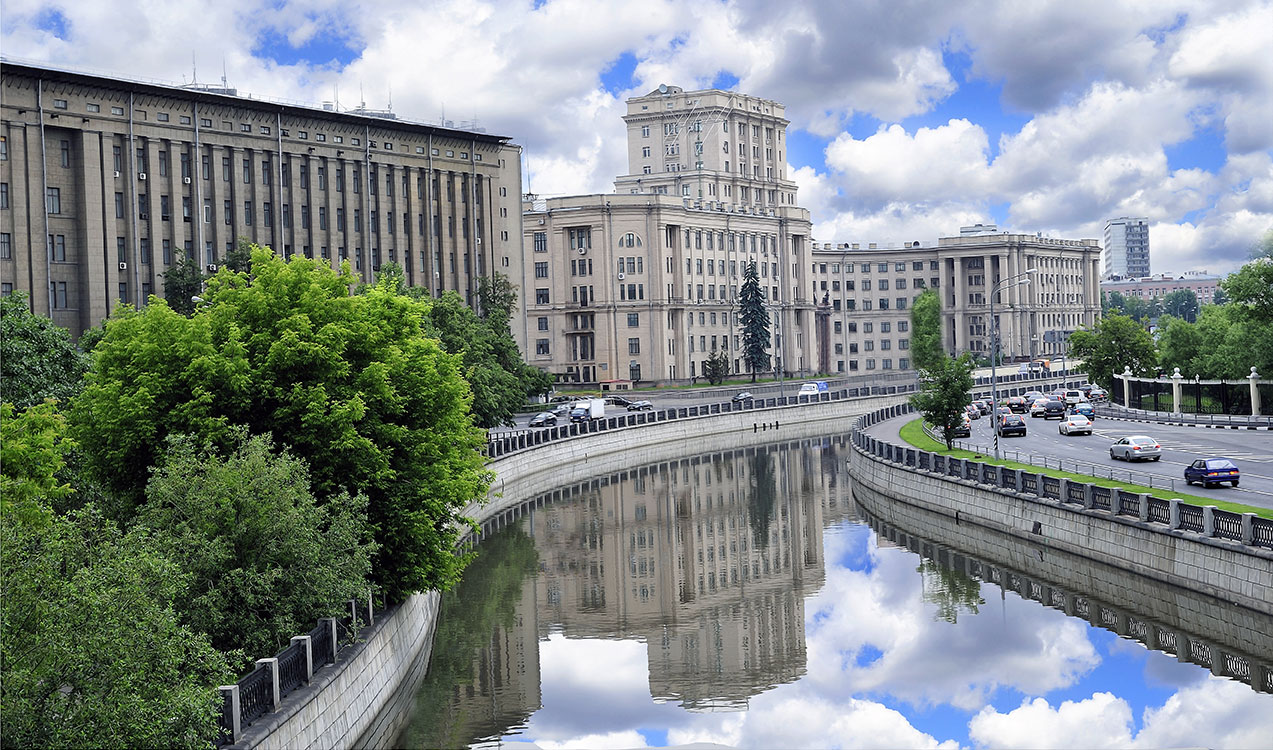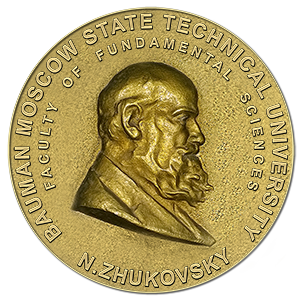
The history of our institution, the Bauman MHTS (Moscow Higher Technical School), or presently the Bauman MSTU (Moscow State Technical University) dates back to 1830, when Emperor Nicholas I confirmed the "statute of the industrial school" to open in Moscow. Russia's developing industry needed skilled labor in many trades. So, the aim of the new school was to train skillful artisans with a solid theoretical background to improve and spread skills in various trades all over Russia. The training personnel of the school comprised graduates of the Moscow University who specialized in mathematics, mechanics, physics and chemistry. By 1868 the academic standards of the school were so high that it was reorganized into a special institution of higher learning (Imperial Moscow Technical School or IMTS). Its major task now was to train mechanics in construction, engineering and manufacturing. The IMTS was financially supported by the Government and industrialists. Its management was democratic. Its teaching staff boasted of many talented scientists who maintained contacts with the West. All these circumstances helped the School to achieve outstanding successes in manufacturing processes and practices in the chemical, food and textile industries, metal and wood processing, and structural mechanics. During the 1876 Exhibition in Philadelphia the practically-minded Americans highly appreciated and admired the methods used by the School, recognizing them as an original "Russian system" of training engineers. In 1876, Dr. Wrinkle, President of the Boston Institute of Technology, writes to V.K.Dela-Vos, Director of the Imperial Moscow Technical School that Russia is a recognized leader in handling the important problems of engineering education..., and that no other system will hence be used in America.
Thus, the Moscow Higher Technical School joined the ranks of "leading polytechnical schools in Europe".
The late 19th century witnessed quickening progress in electrical engineering, aeromechanics, and the power engineering industry.
In 1918, the MHTS organized several research institutes, including TSAGI (Central Aerodynamics and Hydrodynamics Institute), which eventually developed into independent structures, separating from their parent. The quick industrial expansion of the country called for new training facilities on other fields of science and technology. In 1930, the MHTS began to branch out into many new institutions of higher learning: the Moscow Aviation Institute, the Moscow Power Engineering Institute, the Military Chemical Academy, the Textile Institute, and the Moscow Civil Engineering Institute.
The MHTS continued to specialize in training engineers for the machine-building and instrumentation industries.

In 1938, the MHTS opened new departments with a defense profile: armoured vehicles and tanks, artillery, and ammunition. In 1948, a department of rocketry was added.
The following famous scientists and specialists have graduated our school: Academician A.N.Tupolev, S.P.Korolev, and many other aircraft and rocket designers and developers; Academician N.A.Dollezhal, chief designer of atomic piles; Academician A.I.Tselikov, chief designer of metallurgical engineering; Academician S.A.Lebedev, chief designer of computers.
Our School is distinguished for high-level scientific and engineering training of students, extensive relations with industries, good traditions, and high professional and moral requirements which both the professors and students feel obliged to meet and maintain.
In 1989, the MHTS was conferred a new name: the Bauman Moscow State Technical University (Bauman MSTU).


